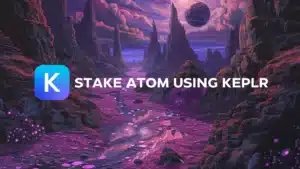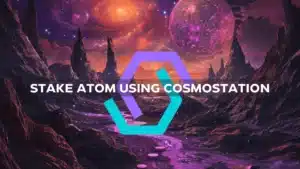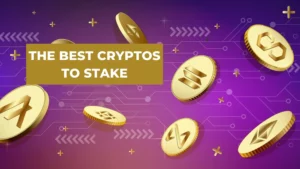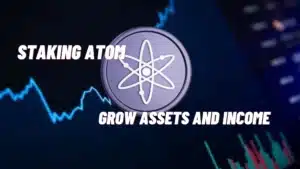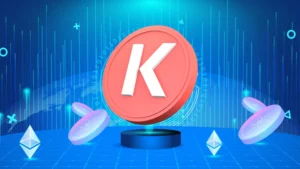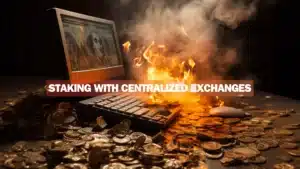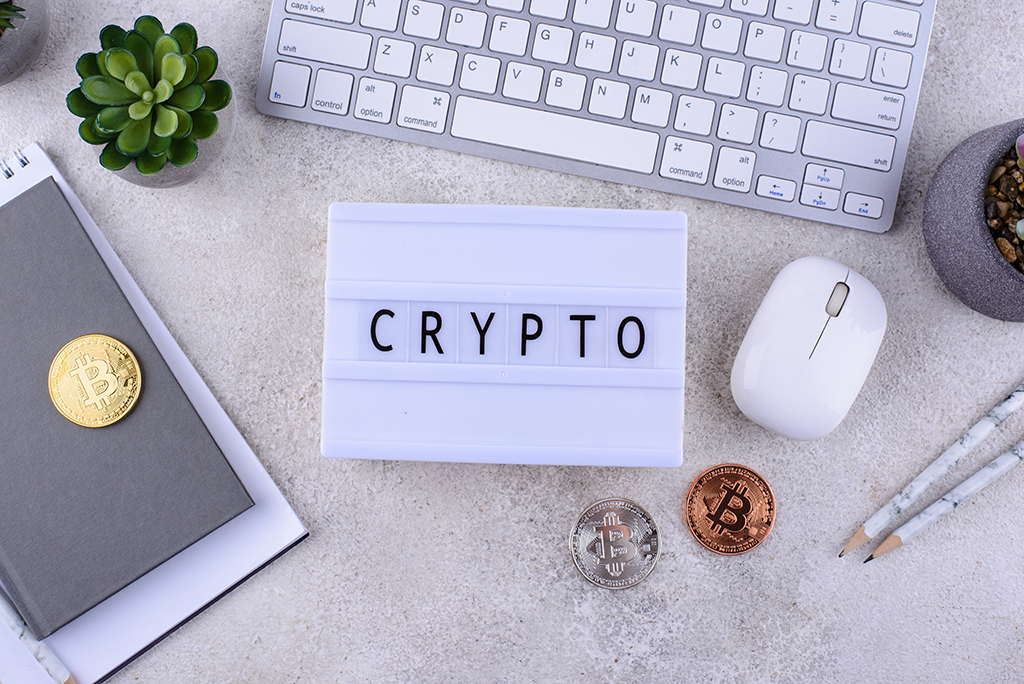This is article 8/11 in Part II of our series, How To Build Wealth and Grow Crypto Assets and Income by Staking.
Click the PREVIOUS ARTICLE button below to read the sixth article.
Key Takeaways
- Polygon offers Ethereum scalability, interoperability, fast transactions, low fees, and security.
- Developers build on Polygon because of the SDK, Proof of Stake chain, EVM, zkEVM, Nightfall, Hermez, Miden, ID, and Supernets.
- Reasons to buy the POL token include the Polygon architecture, developer friendly ecosystem, rapidly growing ecosystem, high-performance infrastructure, and security.
- Reasons to stake POL tokens include consistent passive income, potential capital appreciation, support for Ethereum, diversification of investment returns, inflation hedge, strong community, compounding effect of staking, and having a vote in governance.
Building Wealth by Staking Tokens: Investing in the Future
Ethereum has revolutionized the way we think about money and investments. Polygon is a Layer 2 scaling solution that improves Ethereum’s performance. It remedies issues like high gas fees and slow transaction times.
POL is the native token of the Polygon ecosystem, used for staking, governance, and securing the network.
Staking POL tokens can be a great way to build your crypto portfolio. In this article, we will tell you why Polygon’s POL token is worth your consideration.
The advantages of Polygon
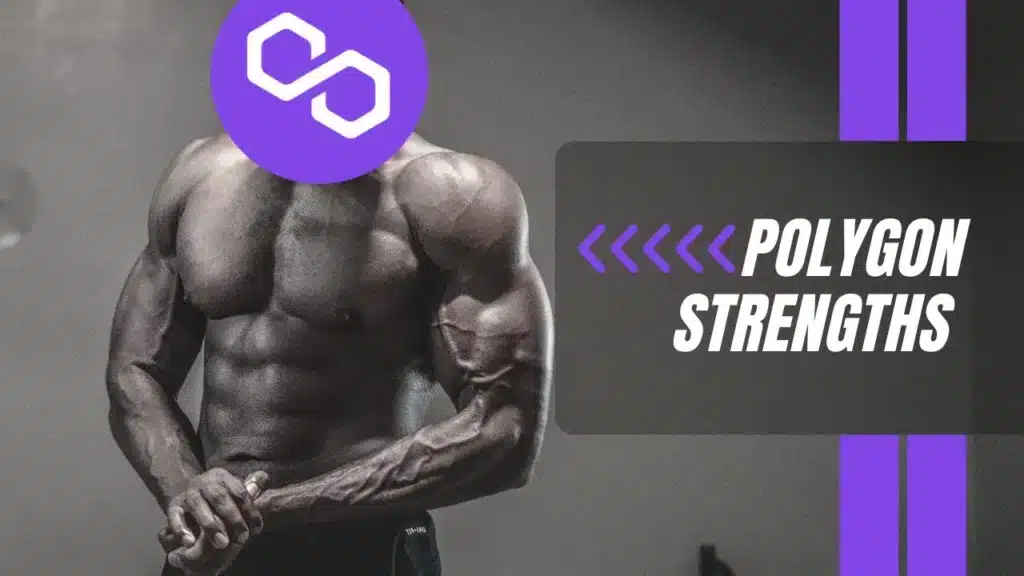
There are more than a few reasons to build on and use Polygon. Here are some important ones.
1. Scalability: Polygon’s Layer 2 solution significantly increases Ethereum’s transaction throughput, enabling the network to handle more transactions simultaneously.
2. Reduced transaction fees: Polygon users enjoy substantially lower gas fees when compared to transacting directly on the Ethereum blockchain.
3. Interoperability: Polygon enables seamless communication and data sharing between Ethereum and other blockchains. That fosters greater collaboration and innovation in the crypto space.
4. Security: Polygon’s Proof of Stake (PoS) consensus mechanism ensures the network’s security and stability. Blocks United is one of 105 active validators protecting the network and its assets.
In a nutshell, Polygon helps developers overcome the limitations of Ethereum, like slow transaction speeds and high gas fees.
Why developers build on Polygon over Ethereum
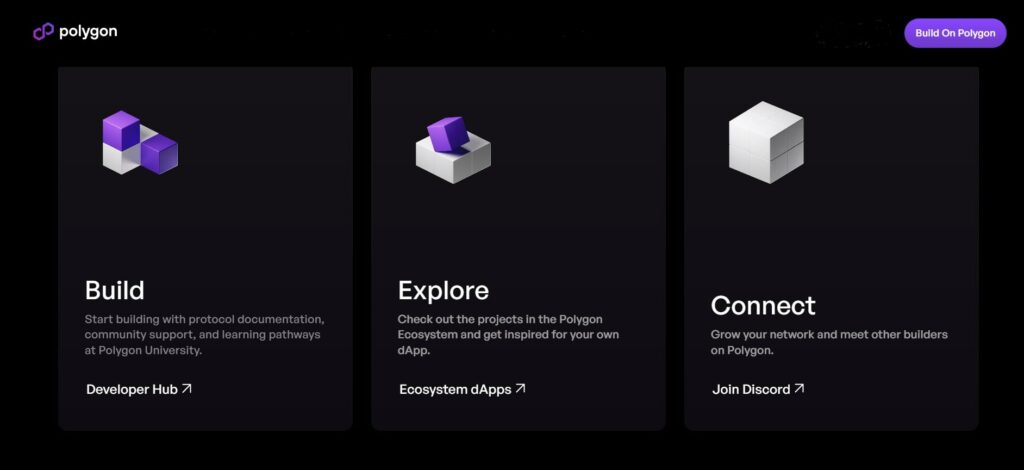
Before we get into POL staking, we will look at the tools Polygon offers developers.
1. Polygon SDK: The Polygon Software Development Kit is a modular and extensible framework. It supports the Ethereum JSON-RPC API and is compatible with Ethereum development tools. That makes it easy for developers to create scalable, customizable, and interoperable dApps.
2. Polygon PoS (Proof of Stake) Chain: The Polygon PoS Chain is a sidechain that runs parallel to the Ethereum mainnet, providing a secure and scalable environment for dApps. It uses a Proof of Stake consensus mechanism, ensuring energy efficiency and fast transaction times.
The PoS Chain supports the Ethereum Virtual Machine (EVM), allowing developers to deploy smart contracts and dApps seamlessly.
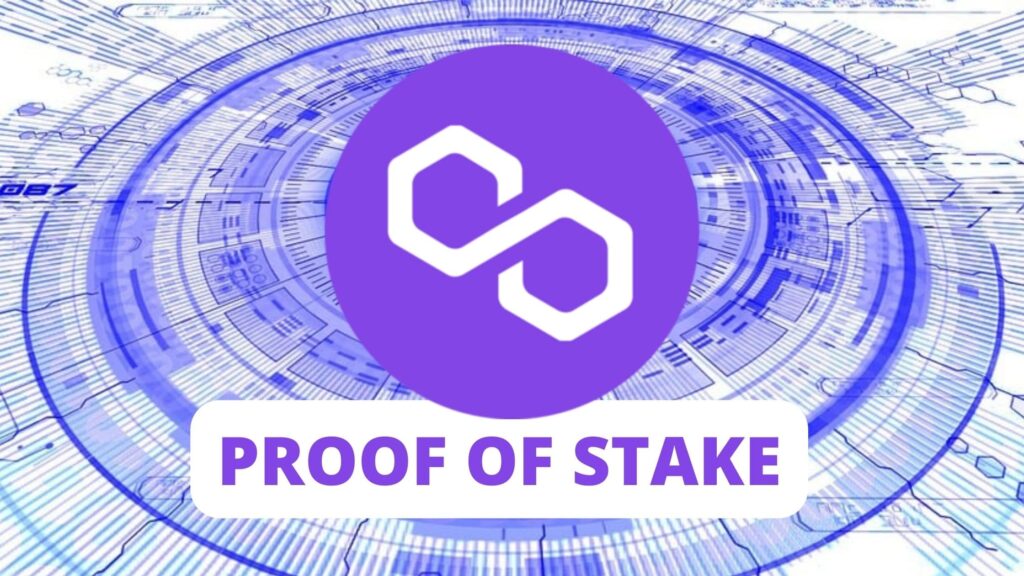
3. Polygon Nightfall: Nightfall is an optimistic rollup solution that leverages zero-knowledge proofs (ZKPs) to enable fast and private transactions. Nightfall allows developers to create dApps that handles tens of thousands of transactions while maintaining high throughput and user privacy.
4. Polygon Hermez: Hermez is a zk-rollup solution that focuses on providing high throughput and scalability for decentralized applications (dApps). By bundling multiple transactions into a single proof, Hermez reduces data stored on the Ethereum mainnet, resulting in lower transaction fees and faster confirmation times.
The primary goal of Hermez is to improve scalability and transaction efficiency on Ethereum, while also providing some level of privacy through the use of zk-rollups.
5. Polygon zkEVM: The zkEVM is a groundbreaking solution that combines the benefits of zero-knowledge proofs (ZKPs) with the functionality of the Ethereum Virtual Machine (EVM).
It allows developers to build and deploy smart contracts that are both highly scalable and privacy-preserving.
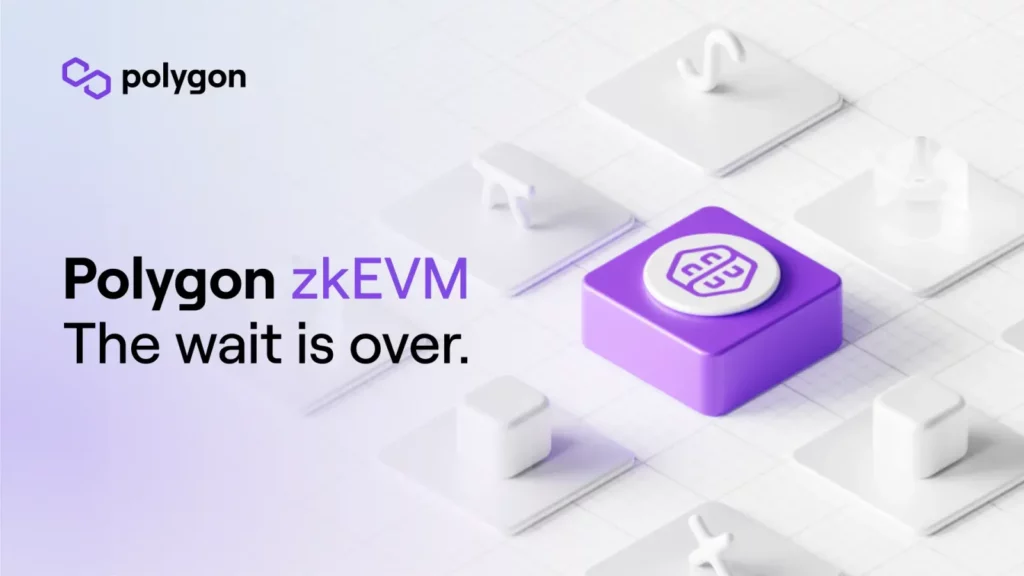
The primary focus of the zkEVM is to provide a scalable, secure, and privacy-focused environment for smart contracts on the Ethereum network, which is distinct from the broader transaction scalability focus of Hermez.
Zero-knowledge proofs enable the verification of transactions without revealing the underlying data, ensuring privacy for users. The zkEVM leverages these proofs to bundle multiple transactions into a single proof, thereby reducing data stored on the Ethereum mainnet.
This approach significantly lowers gas fees and improves transaction throughput, making it an ideal solution for developers. By integrating the zkEVM into its ecosystem, Polygon further demonstrates its commitment to providing a wide range of tools and services that cater to the evolving needs of developers.
6. Polygon Miden: Miden is a privacy-focused layer-2 scaling solution. It leverages zero-knowledge proofs (ZKPs) and other cryptographic techniques, which enables private and scalable transactions on the Ethereum network.
While both Miden and Hermez use zero-knowledge proofs, Miden emphasises privacy. It allows developers to create dApps that handle a large number of private transactions without compromising speed or efficiency.
7. Polygon ID: Unlike Hermez and Miden, Polygon ID is a decentralized identity management solution. It focuses on giving users control over their digital identities while interacting with dApps and services.
ID streamlines user onboarding and authentication processes by offering a unified, secure, and privacy-preserving identity management system, without directly impacting transaction scalability.

These solutions serve different purposes and address specific challenges.
Polygon Hermez focuses on improving transaction scalability and efficiency on the Ethereum network using zk-rollups.
In contrast, Polygon Miden emphasizes transaction privacy, Polygon ID handles decentralized identity management, and Polygon zkEVM offers a scalable and privacy-preserving environment for smart contracts.
8. Polygon Supernets: Supernets are interconnected, Ethereum-compatible blockchains that allow developers to take advantage of multiple Polygon solutions simultaneously.
If Starbucks wanted to launch its own blockchain on Polygon, it would launch a Supernet. Supernets connect to other Supernets. They are similar to Cosmos zones.
While Polygon Hermez, Miden, ID, and zkEVM each focus on specific aspects like scalability, privacy, identity management, or smart contract execution, Polygon Supernets foster seamless interoperability between decentralized applications (dApps).
This interconnectedness enables developers to harness the unique features and capabilities of various Polygon solutions while benefiting from the security and decentralization of the Ethereum network.
Polygon aims to provide developers with a comprehensive suite of tools and resources to build high-performance, secure, and user-friendly dApps that cater to a wide range of use cases.
Should I buy the POL token?
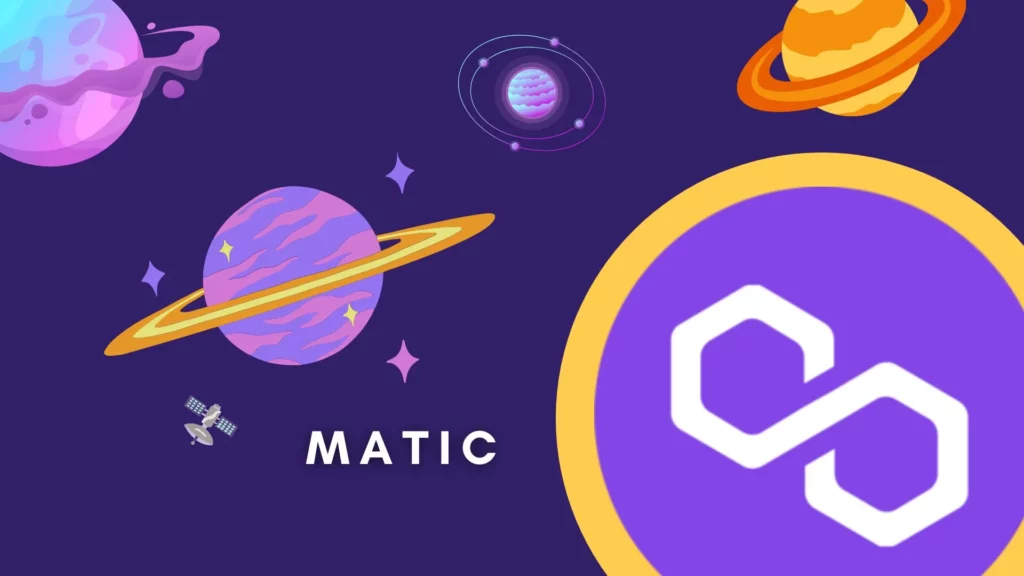
Before we continue, know that nothing in this article is investment advice and that past performance is not indicative of future results.
As Ethereum grows, demand for Layer 2 scaling solutions will grow and vice versa. Let’s take a ten thousand foot view of Polygon and why the POL token may be a valuable addition to your crypto asset portfolio.
1. Multi-chain architecture: Unlike single-chain Layer 2 solutions, Polygon adopts a multi-chain architecture, enabling it to support various scaling solutions, like Plasma, zkRollups, and Optimistic Rollups. This flexibility allows Polygon to cater to different use cases and developers’ needs.
2. Developer-friendly: Polygon provides a user-friendly environment for developers, making it easy for them to build and deploy scalable decentralized applications (dApps) on the network. The platform is compatible with the Ethereum Virtual Machine (EVM), which means developers can leverage their existing knowledge and tools from Ethereum to build on Polygon with minimal friction.
3. Growing ecosystem: Polygon has attracted projects, developers, and users. It boasts a diverse ecosystem of dApps, decentralized finance (DeFi), non-fungible tokens (NFTs), gaming, and more.
4. High-performance infrastructure: Polygon’s infrastructure can process around 65,000 transactions per second (TPS) with low latency. This level of performance is crucial for supporting mass adoption and seamless user experience.
5. Robust security: 105 validators stake their POL tokens to participate in the consensus process. This decentralized security model ensures the network remains resistant to attacks and manipulation. 105 validators pales in comparison to the thousands on Ethereum, but more validators means longer transaction times.
6. Demand for POL tokens: As both Ethereum and the Polygon ecosystems expand. That will likely have an impact on the token’s value.
Why stake POL tokens?
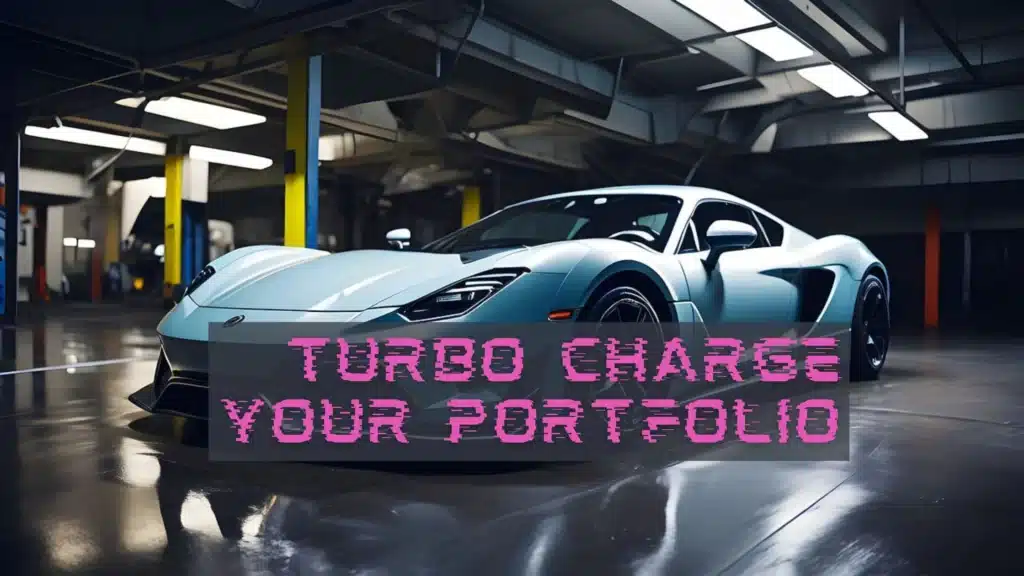
Staked POL tokens can turbocharge a portfolio of assets for a few reasons…
1. Passive Income: Staking POL tokens generates passive income. Stakers contribute to the network’s security and are paid a portion of the transaction fees and newly minted POL tokens. Staking can be a consistent source of income, especially if the network continues to grow and attract more users.
2. Capital Appreciation: It’s important to reiterate that past performance of any asset or investment is not indicative of future investment results. Polygon’s technology has attracted attention from numerous high-profile projects, like Nike, Starbucks, Adidas, Prada, and Reddit. The Polygon team is constantly forming new partnerships. These partnerships lead to exposure and use of the POL token.
3. Supporting the Ethereum Ecosystem: By staking your POL tokens, you help to enhance Ethereum’s capabilities, making it more attractive to users and developers. As more individuals stake their tokens, the Polygon network becomes increasingly secure. This not only safeguards your investment but also reinforces the overall stability of Ethereum. This can impact the value of your POL tokens.
4. Diversification of Investment returns: Staking POL tokens offers a different way to generate returns, allowing you to diversify your cryptocurrency investments. Additionally, staking reduces the temptation to sell your tokens during market fluctuations, helping you to maintain a long-term investment strategy.
5. Easy and Accessible Staking Process: Polygon’s staking platform is user-friendly, making it easy for anyone to start staking POL tokens.
Stake using popular wallets, like Metamask, Coinbase Wallet and Trust Wallet. See how simple it is by watching the videos on our POL staking tutorial.
6. Strong Community and Ecosystem: Polygon has a vibrant community of developers, investors, and enthusiasts. They all work together to support and promote the network. By staking your POL tokens, you become part of this thriving community.
As the Polygon community continues to expand, its potential for growth and development will grow. That will likely affect demand for the POL token.
7. Staking as an Inflation Hedge: With central banks increasing the money supply, it is essential to find investments that hedge against inflation. Staking POL tokens can be a smart choice. The staking yield generated, plus the potential for token price appreciation could be an effective hedge against the devaluation of fiat currency.
8. Compound Staking Rewards: Reinvesting your staking rewards compounds your returns. This compounding effect can lead to wealth accumulation over time.
9. Participating in Network Governance: POL stakers delegate voting power to validators. Validators vote on network proposals and changes to the ecosystem. By staking your tokens, you can influence the network’s development and potentially enhance the value of your investment.
Check out the Polygon forum to view improvement proposals.
10. No Risk of Impermanent Loss: Impermanent loss is a risk associated with providing liquidity to decentralized exchanges (DEXs). When you stake your POL tokens, you endure token price swings but avoid exposure to impermanent loss. This makes staking a comparatively safer option for those looking to generate passive income from their crypto.
Conclusion
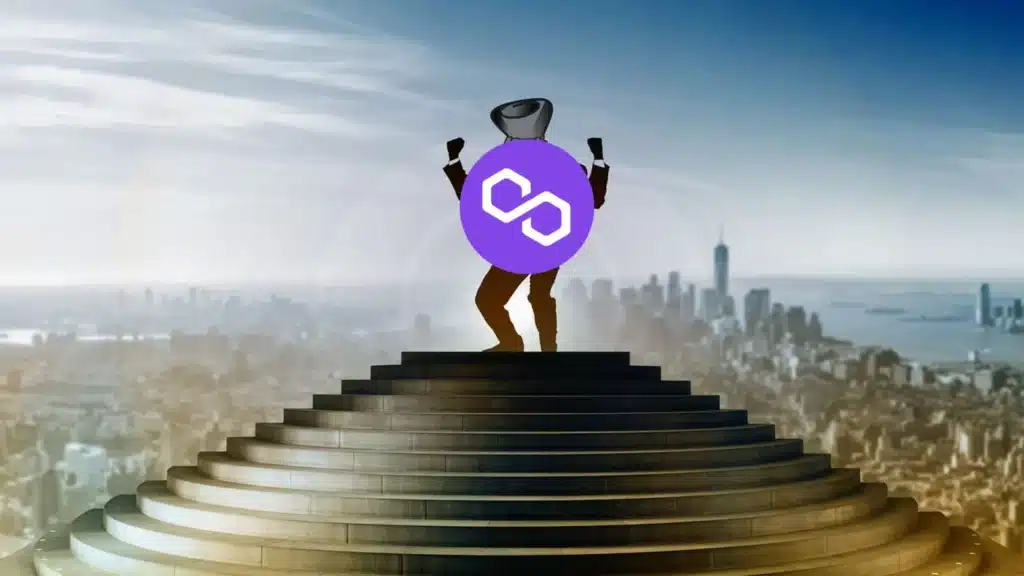
The Polygon network offers a powerful combination of scalability, flexibility, performance, and security.
By leveraging these solutions, developers can overcome the limitations of the Ethereum network and create high-performance, scalable, and cost-effective applications. That drives the adoption of blockchain technology and enhances the overall user experience.
People looking to build wealth using alternative assets, like crypto can consider Polygon.
Staking POL tokens is a smart strategy that allows you to generate passive income, benefit from potential adoption of the technology, be part of strong community, support the growth of the Ethereum ecosystem, and assert your independence.
Check out our POL staking tutorial, or click the button below if you’re ready to stake.
Be sure to checkout our next article: Understanding Staking Pools and Validators.
Until then, be well!
Frequently Asked Questions
There is a maximum supply of 10 billion POL tokens. New tokens are issued every few minutes. The estimated circulating supply is around 9.3 billion tokens. Check the details on Coingecko.
It won’t be long until all 10 billion tokens have been issued. We recommend staking your POL now so you aren’t diluted.
Ethereum is the smart contract chain of choice for most people. Polygon is the largest and most popular layer 2, built on top of Ethereum to help it scale. The growth of one ecosystem benefits the growth of the other ecosystem.
Because of this, we believe that POL tokens should be a core holding in any crypto portfolio.
POL is the native token used to pay fees on Polygon’s PoS chain. Anyone who uses the blockchain must buy and hold native POL tokens to pay for transactions.
ERC20 or Ethereum-based POL tokens are used for staking.
ETH is the gas token used on Polygon’s zkEVM.
Thousands of other cryptocurrencies can be bought and sold on the Polygon blockchain. CryptoRank has a Polygon Network Token list. This list will show you which tokens you can bridge to Polygon.
If you buy POL tokens on an exchange, like Coinbase, they will be Ethereum or ERC20 POL tokens. The ERC20 version is used for staking and earning rewards.
Native POL on the Polygon network is used to pay for transaction fees, like swapping, minting, or transferring tokens. If you are using the Polygon network, be sure to have some native POL tokens held by a noncustodial wallet, like MetaMask.
Exchanges like Coinbase will give you the option to withdraw and send your tokens to either network. If you intend to stake your POL, be sure to withdraw to the Ethereum network.
Polygon is popular because it allows Ethereum users to transact faster and for less money. Plus, Polygon helps Ethereum scale, but you must bridge your tokens from Ethereum over to Polygon.
The simplest way to bridge assets from Ethereum to Polygon is by withdrawing to the Polygon network from an exchange, like Coinbase.
We cannot give financial advise, but believe that POL makes a good core holding in any crypto portfolio.
The network has solidified itself as the Ethereum layer 2 solution and is growing rapidly. Optimism and Arbitrum are far behind Polygon.
This is a tricky question. Polygon currently has around 3 million transactions per day and a total value locked (TVL) of around 1 billion dollars.
Ethereum currently only has around 1.1 million transactions per day, but boasts an impressive 28.5 billion dollars of total value locked (TVL).
It is doubtful that Polygon will ever have higher TVL than Ethereum.
We believe POL is a good token to stake, especially if you plan to hold for the medium to long-term. There is no sense in allowing the tokens to sit idly in your wallet, when they can be earning yield.
There is a finite supply of 10 billion tokens. Current POL staking yield is around 4.27%. All are welcome to stake with Blocks United.
“Best” is a relative term. It is most convenient to stake POL tokens with a centralized exchange, like Coinbase.
However, exchange nodes get huge quickly because they are so convenient and huge validators are a potential threat to networks. Plus, Coinbase charges unreasonable commission.
For the highest staking yield and to protect yourself from a centralized provider going bankrupt and stealing your tokens, stake from a noncustodial wallet.
Check out our POL staking tutorial to see just how easy it is.
For current staking APY check the POL rewards calculator. Currently the yield is around 4.27%. As networks mature, the staking yield generally falls.
Staking yield depends on the percentage of the outstanding token supply that is staked, network activity and MEV.
The biggest risk when staking POL is a smart contract exploit. The staking smart contract could get hacked and the tokens stolen.
However, the POL staking smart contract is continually audited by independent 3rd parties and so far, so good.
Another risk to consider when staking is validator uptime. If your validator is offline you won’t be earning rewards.
Additionally, if your validator is slashed for double signing blocks their delegators lose tokens as a penalty. Slashing is NOT currently enabled on Polygon, so no need to worry about this for now.
Double signing blocks happens for two reasons: The validator runs more than one node and they interfere with each other. Or, the validator is dishonest and is trying to steal or manipulate the blockchain.
Check out our article How to Choose a Validator.
Nothing we say is financial advice or a recommendation to buy or sell anything. Cryptocurrency is a highly speculative asset class. Staking crypto tokens carries additional risks, including but not limited to smart-contract exploitation, poor validator performance or slashing, token price volatility, loss or theft, lockup periods, and illiquidity. Past performance is not indicative of future results. Never invest more than you can afford to lose. Additionally, the information contained in our articles, social media posts, emails, and on our website is not intended as, and shall not be understood or construed as financial advice. We are not attorneys, accountants, or financial advisors, nor are we holding ourselves out to be. The information contained in our articles, social media posts, emails, and on our website is not a substitute for financial advice from a professional who is aware of the facts and circumstances of your individual situation. We have done our best to ensure that the information provided in our articles, social media posts, emails, and the resources on our website are accurate and provide valuable information. Regardless of anything to the contrary, nothing available in our articles, social media posts, website, or emails should be understood as a recommendation to buy or sell anything and make any investment or financial decisions without consulting with a financial professional to address your particular situation. Blocks United expressly recommends that you seek advice from a professional. Neither Blocks United nor any of its employees or owners shall be held liable or responsible for any errors or omissions in our articles, in our social media posts, in our emails, or on our website, or for any damage or financial losses you may suffer. The decisions you make belong to you and you only, so always Do Your Own Research.

